The 2014 Formula 1 season marked a seismic shift in the sport’s technical regulations, ushering in the era of the 1.6-liter V6 Turbo Hybrid power units. This complex technology presented both immense opportunities and significant challenges for all teams, and for Ferrari, a team steeped in Formula 1 history, it represented a critical juncture. The “Ferrari Hybrid 2014” initiative was not just about building a new engine; it was about adapting to a completely new paradigm of racing.
2014: The Hybrid Revolution Begins
Pre-season testing in 2014 quickly revealed a clear hierarchy emerging. Mercedes AMG Petronas demonstrated an immediate mastery of the new hybrid technology, showcasing both impressive performance and reliability. For Ferrari, and engine rivals Renault, the picture was less rosy. The performance gap to Mercedes was evident, positioning 2014 as a year of intensive development and learning for the Scuderia as they grappled with the intricacies of the new power units.
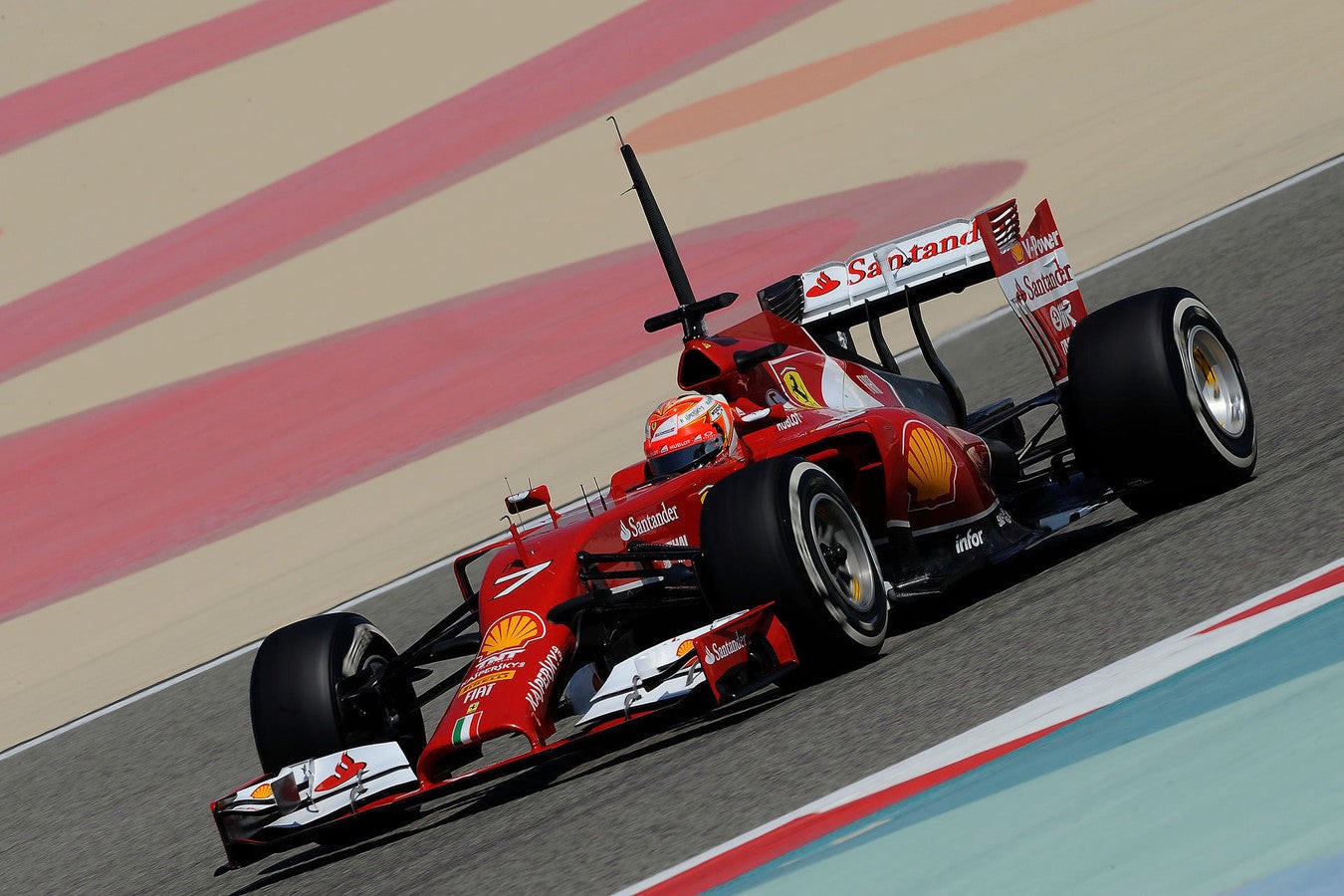 2014 Ferrari F14-T
2014 Ferrari F14-T
The Ferrari F14-T, Ferrari’s challenger for the inaugural hybrid F1 season.
Despite Mercedes’ dominant run to the championship, with Lewis Hamilton securing his second world title, Ferrari showed resilience. Fernando Alonso, in his final season with the team, achieved two podium finishes in China and Hungary, even challenging Daniel Ricciardo for victory in a thrilling race in Budapest. However, the season was also marred by reliability issues, a common theme across the grid as teams pushed the limits of the nascent hybrid technology. Ferrari experienced frustrating retirements with the F14-T at iconic circuits like Monza and Suzuka. Kimi Räikkönen also endured a significant crash at the British Grand Prix on the first lap, highlighting the challenges of the new cars.
Throughout the 2014 season, Ferrari found themselves in a close battle with a resurgent Williams team for third place in the Constructors’ Championship. The fight extended to the final race in Abu Dhabi, where Williams ultimately secured the position after a double podium finish, with former Ferrari driver Felipe Massa pressuring Hamilton for the race win in the closing stages. While the 2014 season was undeniably challenging for Ferrari, it laid the groundwork for future development and improvements in the hybrid era.
2015-2018: Vettel’s Era of Promise
The departure of Fernando Alonso and the arrival of Maurizio Arrivabene as team principal marked a period of significant change for Ferrari. The headline signing was four-time World Champion Sebastian Vettel, who joined from Red Bull Racing, bringing with him a wealth of experience and a proven track record of success in the previous V8 engine era. The 2015 season saw immediate progress. Vettel secured three victories in Malaysia, Hungary, and Singapore, and Ferrari finished second in the Constructors’ Championship. The SF15-T demonstrated a marked improvement over its predecessor, signaling the start of a more competitive phase for Ferrari in the hybrid era.
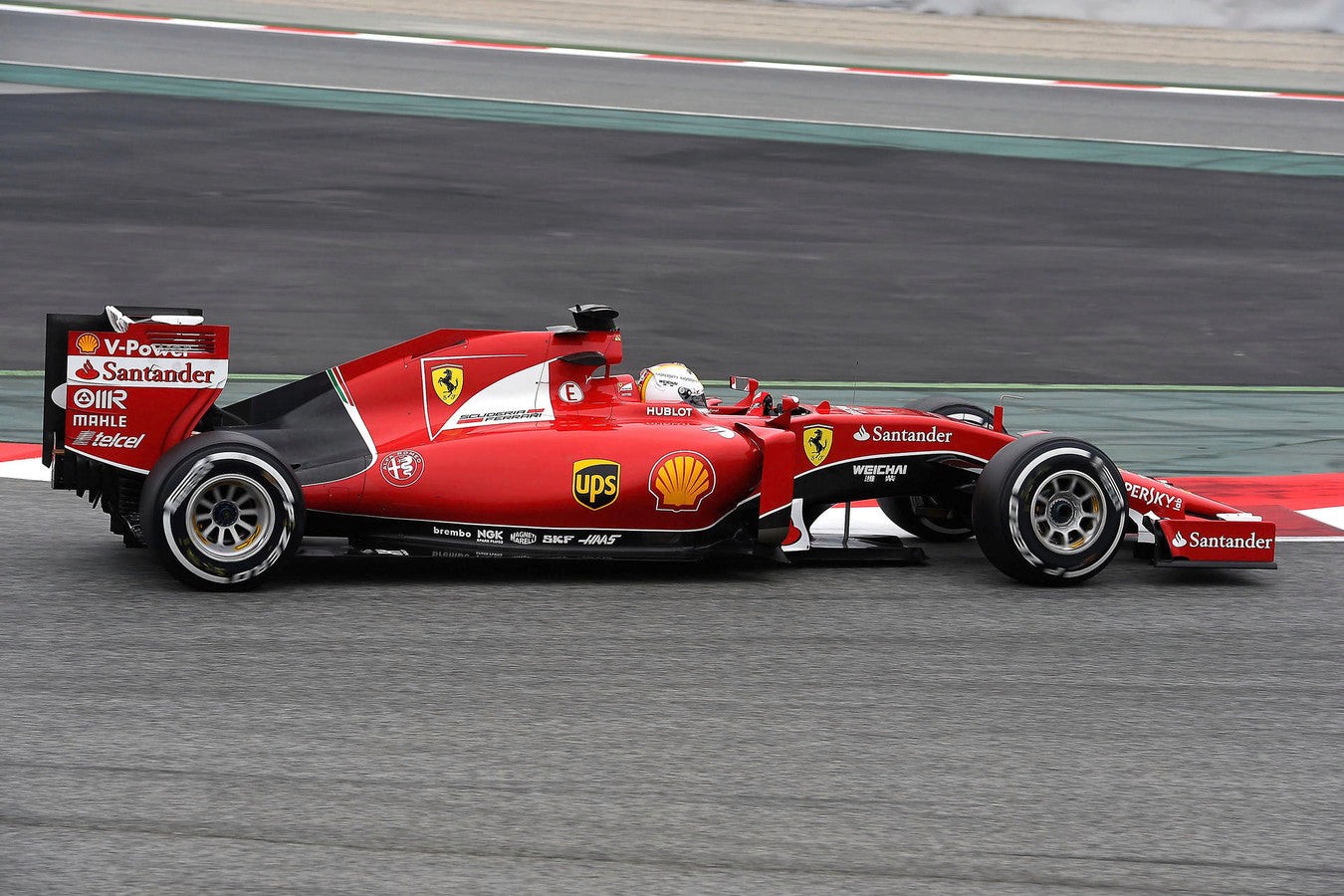 2015 Ferrari SF15-T
2015 Ferrari SF15-T
Sebastian Vettel driving the Ferrari SF15-T to victory at the Malaysian Grand Prix in 2015.
2016 proved to be a tougher season, with Ferrari failing to secure a race win despite Vettel coming close in the opening race in Australia and again in Canada. The team continued to develop and refine their understanding of the hybrid power unit and chassis integration.
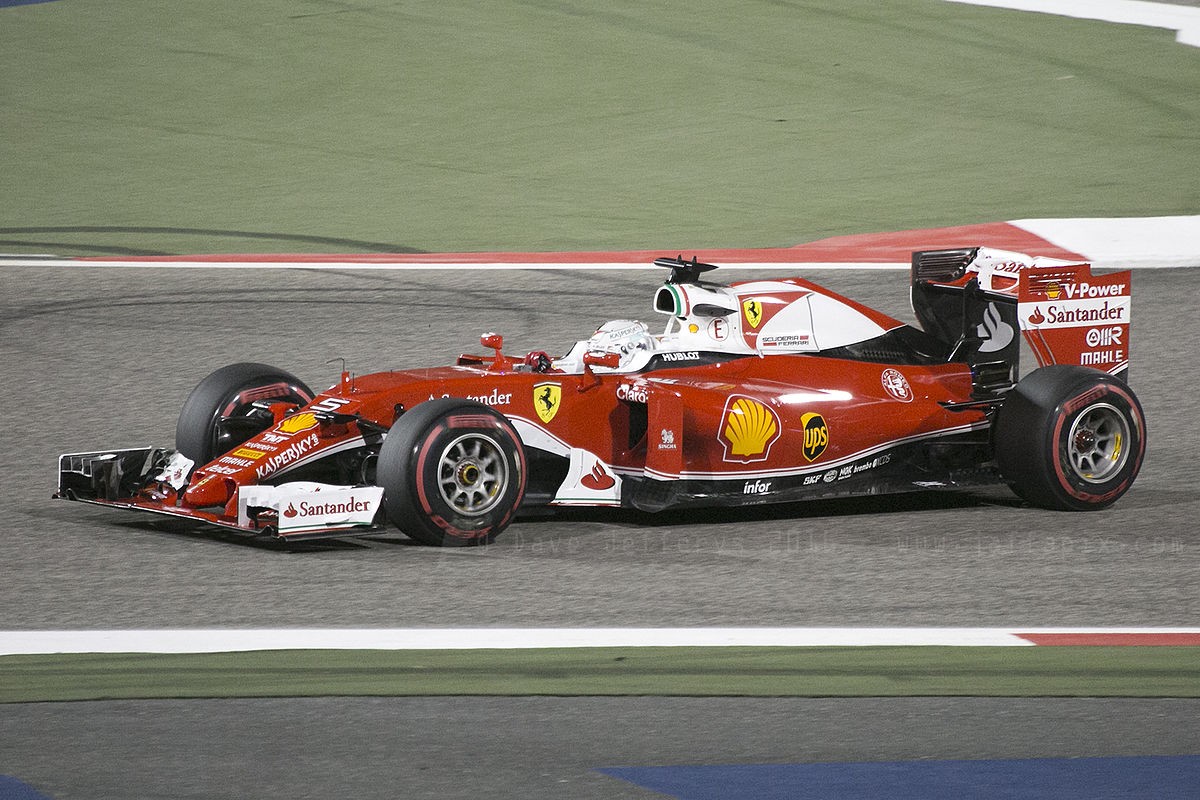 2016 Ferrari SF16-H
2016 Ferrari SF16-H
The Ferrari SF16-H, which aimed to build on the progress of the SF15-T but faced a winless season.
The 2017 season, with new aerodynamic regulations, ignited a fierce battle for the championship between Vettel and Lewis Hamilton. Vettel enjoyed a strong season, claiming five wins and 11 podium finishes. However, crucial incidents, including a first-lap crash at the Singapore Grand Prix and a spark plug failure at the Japanese Grand Prix, ultimately derailed Vettel’s title challenge, despite a late-season win in Brazil.
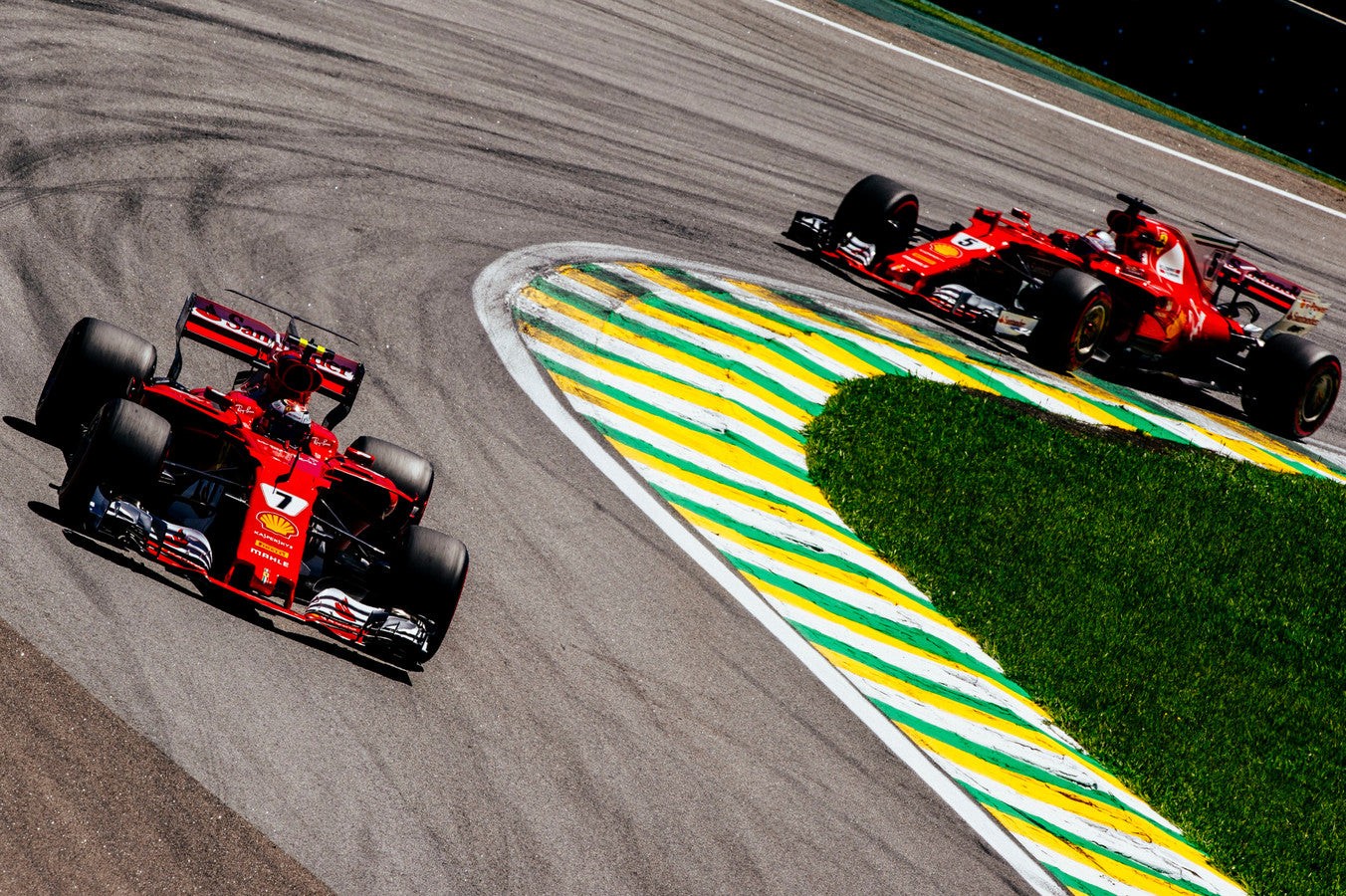 2017 Ferrari SF70H
2017 Ferrari SF70H
Sebastian Vettel in the Ferrari SF70H, a car that brought Ferrari back into title contention.
Ferrari entered the 2018 season with some apprehension about their competitiveness against Mercedes. However, Vettel quickly dispelled any doubts, winning the opening two races in Australia and Bahrain. He went on to secure a total of six wins and 12 podiums throughout the season. A critical moment came at the German Grand Prix where a crash while leading significantly hampered Vettel’s championship aspirations, and once again, Hamilton and Mercedes ultimately prevailed.
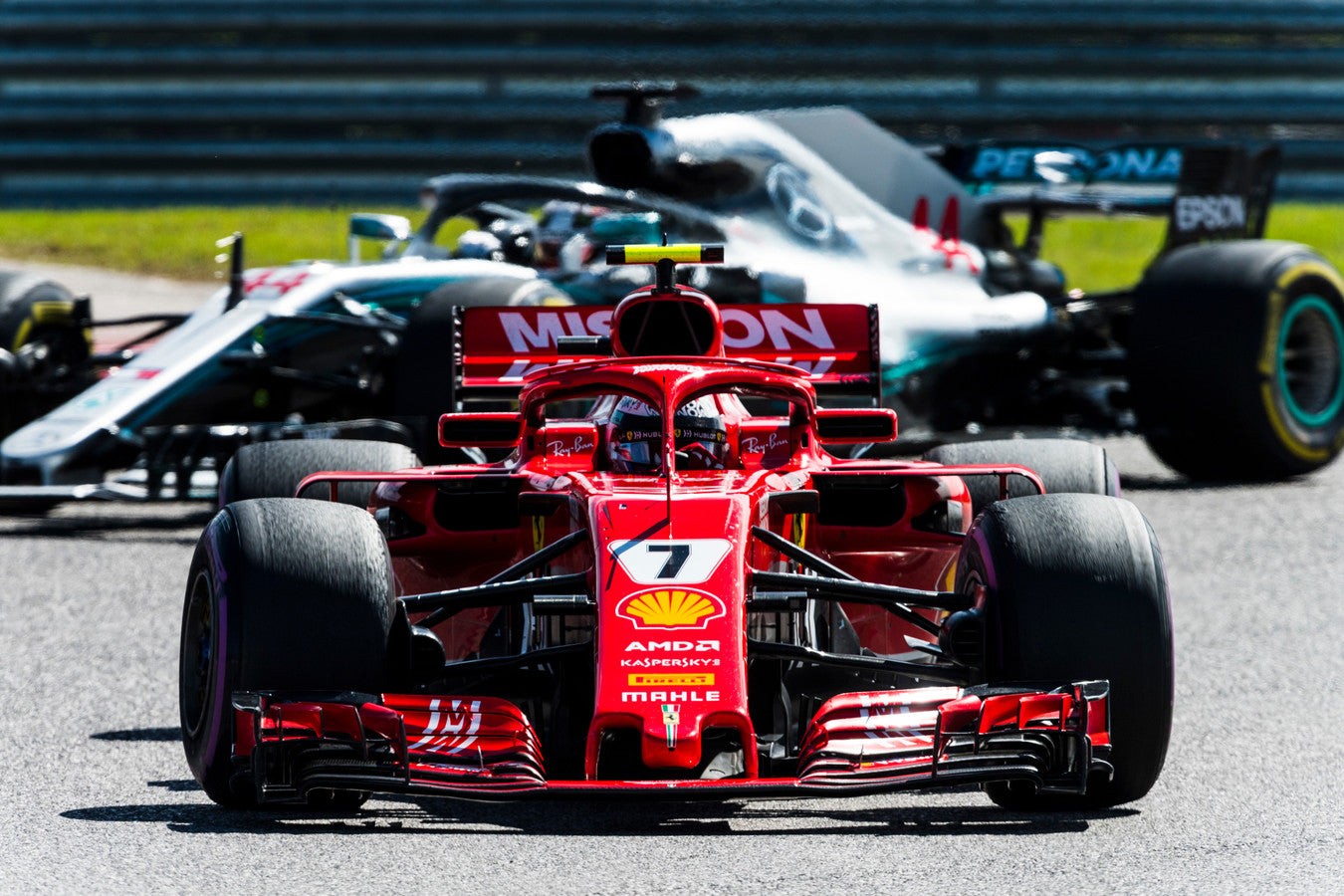 2018 Ferrari SF71H
2018 Ferrari SF71H
Kimi Räikkönen celebrates his victory at the 2018 United States Grand Prix in the Ferrari SF71H, his first win in over five years.
The 2018 season concluded on a positive note for Ferrari, with fan-favorite Kimi Räikkönen achieving his first victory in over five years at the United States Grand Prix, marking a popular win for the experienced Finn in his final season with the team before moving to Sauber.
2019-2020: New Talent and Setbacks
The 2019 Ferrari SF90, while possessing significant power, struggled with downforce limitations throughout the season. Despite this, the team remained competitive at the front of the grid. Vettel controversially lost a potential victory in Canada due to a five-second penalty. However, he achieved redemption in Singapore, securing his only win of the season on the Marina Bay street circuit.
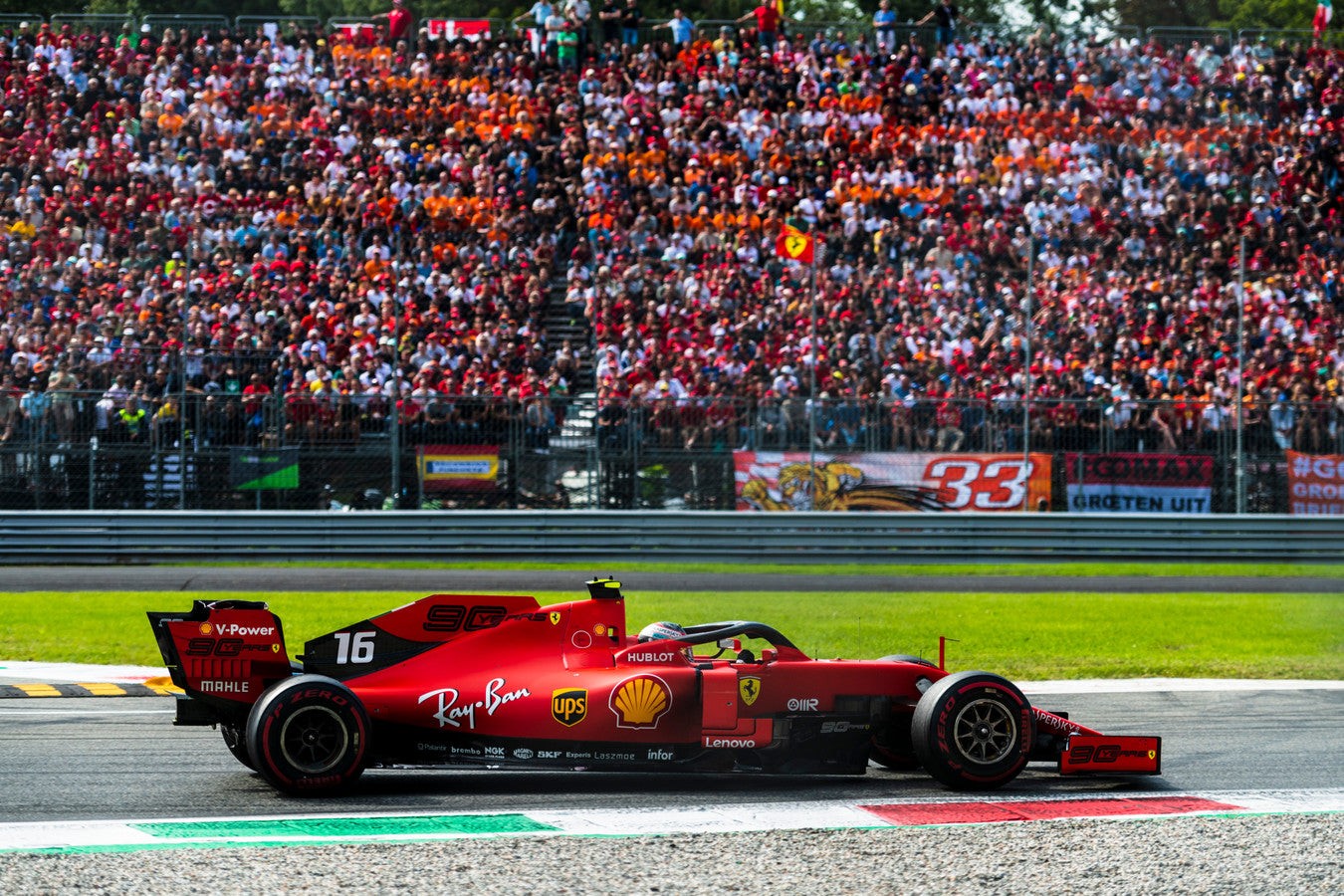 2019 Ferrari SF90
2019 Ferrari SF90
The Ferrari SF90, driven by Sebastian Vettel at the Singapore Grand Prix, where he secured his only win of the 2019 season.
The 2019 season also marked the arrival of Charles Leclerc, a highly rated young driver, to Ferrari. Leclerc quickly demonstrated his talent, securing an impressive seven of Ferrari’s nine pole positions that year. His maiden Formula 1 victory came at the Belgian Grand Prix, emotionally charged following the passing of Anthoine Hubert in the Formula 2 race the previous day. Leclerc further cemented his place in Ferrari history by winning the Italian Grand Prix at Monza, Ferrari’s home race.
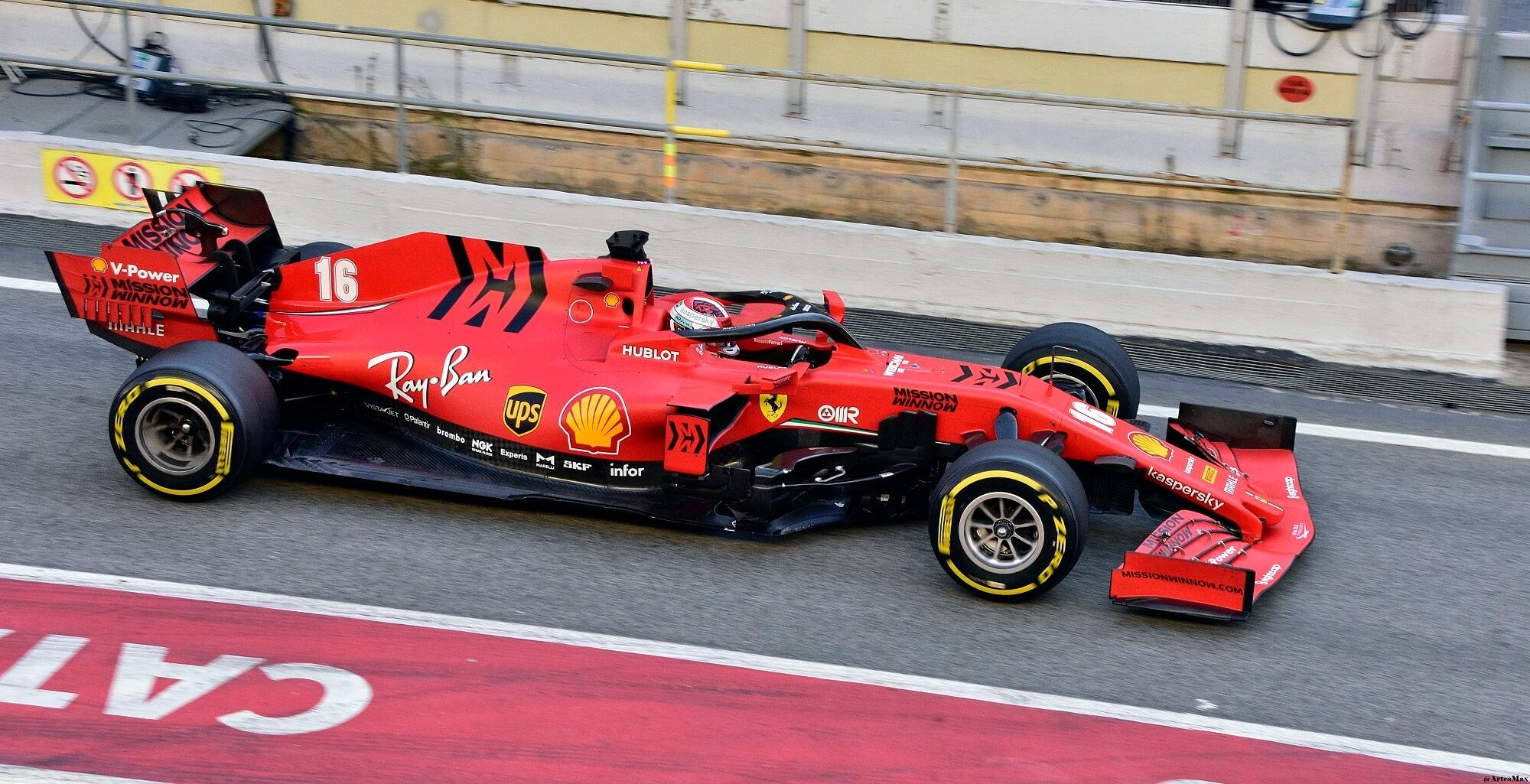 2020 Ferrari SF1000
2020 Ferrari SF1000
The Ferrari SF1000, commemorating Ferrari’s 1000th Grand Prix, faced a challenging 2020 season.
Unfortunately, the 2020 season proved to be a year of significant difficulty for Ferrari. The SF1000 lacked both top speed and downforce, resulting in Ferrari’s first winless season since 2016. The combined efforts of Vettel and Leclerc yielded only three podium finishes, and the team finished a disappointing sixth in the Constructors’ Championship standings.
Overall Hybrid Era Performance (2014-2020)
| Races | Wins | Podiums | Pole positions | Fastest laps |
|---|---|---|---|---|
| 138 | 17 | 85 | 20 | 25 |
2021 and Beyond: Looking to the Future
For the 2021 season, Sebastian Vettel departed Ferrari to join Aston Martin, and Carlos Sainz Jr. arrived from McLaren to partner Charles Leclerc. Sainz, known for his consistent performance and racecraft, brought fresh energy to the team. Ferrari focused on developing a significantly updated engine for 2021 and refining the chassis, carrying over elements from the 2020 design due to homologation regulations.
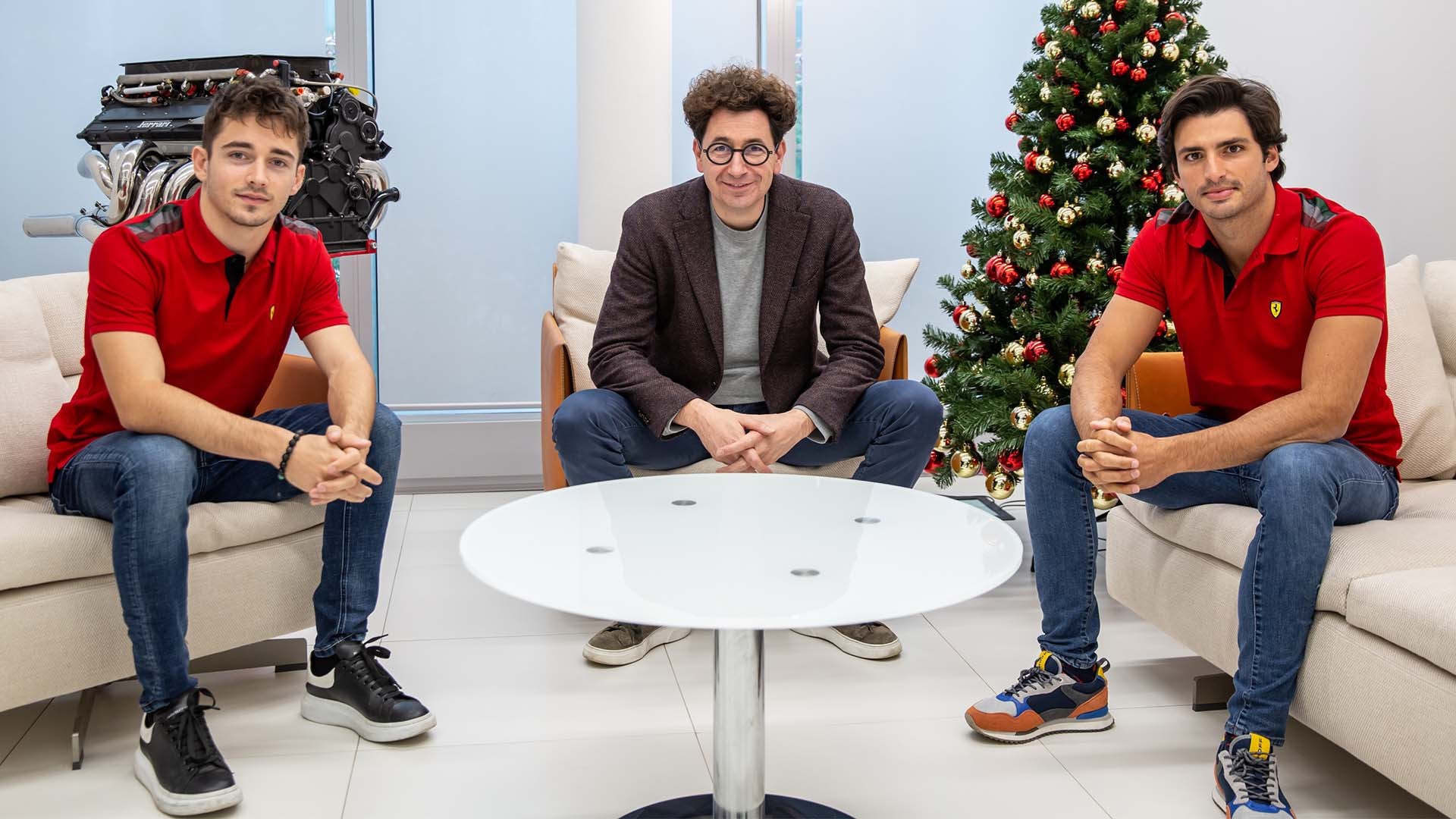 Charles Leclerc and Carlos Sainz
Charles Leclerc and Carlos Sainz
Charles Leclerc and Carlos Sainz Jr., Ferrari’s driver lineup for the 2021 season and beyond, representing a blend of youth and experience.
While aiming for improvement with the 2021 SF21, Ferrari also turned their attention to the long-term future of Formula 1. With radical new engine regulations on the horizon for 2022, Ferrari began conceptual work on a groundbreaking new engine design, led by Wolf Zimmermann.
Despite the challenges and fluctuations in performance during the hybrid era, Ferrari’s history in Formula 1 demonstrates an enduring capacity to overcome adversity. The “ferrari hybrid 2014” project, while initially difficult, marked the beginning of a period of adaptation and evolution. As Formula 1 moves forward, Ferrari remains determined to return to the front and add to their illustrious legacy.
Written by Cóilín Higgins (adapted and enhanced).
